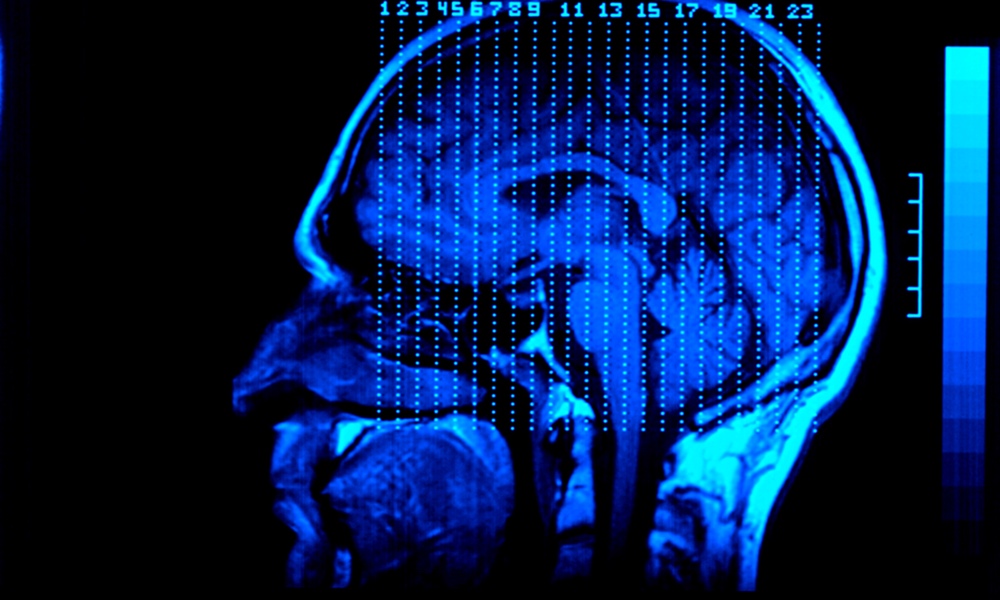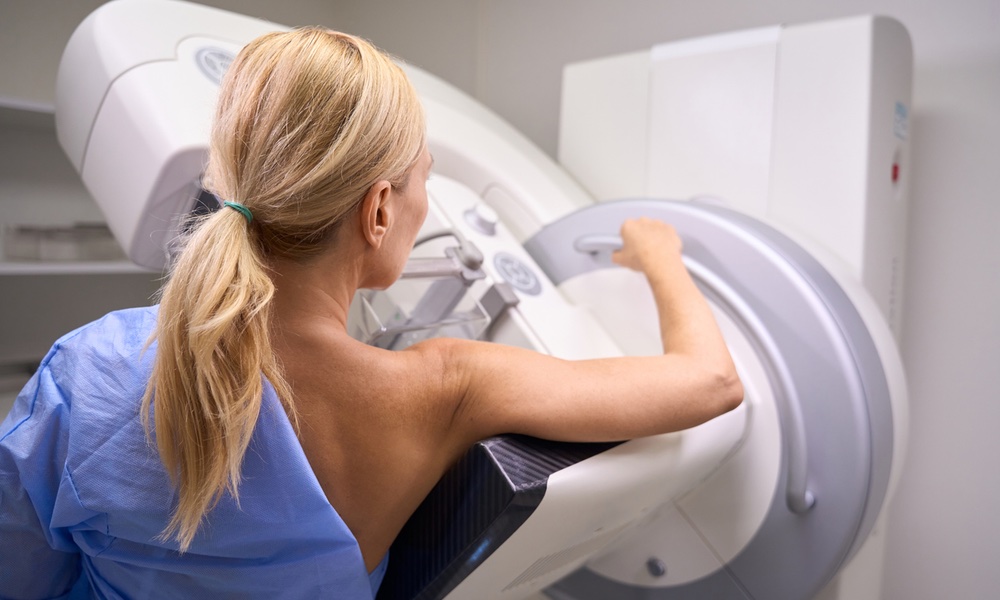The next time someone tells you're getting a swelled head, don't argue, just agree and say, “And so are you.”
Our brains are getting bigger. People born in the 1970s have bigger brain volumes and a larger brain surface area compared to those born in the 1930s, recent research led by a team from the University of California, Davis found.
“The decade someone is born appears to impact brain size and potentially long-term brain health,” the study's first author, Charles DeCarli, distinguished professor of neurology and director of the UC Davis Alzheimer's Disease Research Center, said in a statement. “Genetics plays a major role in determining brain size, but our findings indicate external influences — such as health, social, cultural and educational factors — may also play a role.”
Is a bigger brain a better and healthier brain? The UC Davis researchers hypothesize that the increased brain size may give a person extra brain reserve that could potentially reduce the risk of age-related dementias such as Alzheimer's.The expansion affected important brain structures such as white matter, gray matter and the hippocampus. The increased brain size could potentially reduce the risk of age-related dementias such as Alzheimer's.
Their data came from brain magnetic resonance imaging (MRIs) taken on participants in the 75-year-old, ongoing Framingham Heart Study (FHS) that was launched in 1948. The MRIs were conducted between 1999 and 2019 among 3,336 FHS participants born during the 1930s through the 1970s. The average age at the time of the MRI was 57, and the sample had slightly more female participants (53 percent female, 47 percent male).
The Framingham data revealed steady increases in several brain structures with each passing decade. The average brain volume of participants born in the 1930s was 1,234 milliliters, compared to 1,321 milliliters for those born in the 1970s, a 6.6 percent increase. Brain surface area expanded even more — to 2,104 square centimeters, from 2,056 square centimeters in the 1930s, a 15 percent rise.
The researches also reported expansion in specific and important brain structures such as white matter, gray matter and the hippocampus, the part of the brain dedicated to learning and memory.
The FHS data is very helpful because it includes brain imaging from three generations of participants, with birthdates spanning almost 80 years, but it has one significant limitation. The original 1948 participant group was mostly non-Hispanic and white and is no longer representative of today's U.S. population.
The findings are published in JAMA Neurology.





